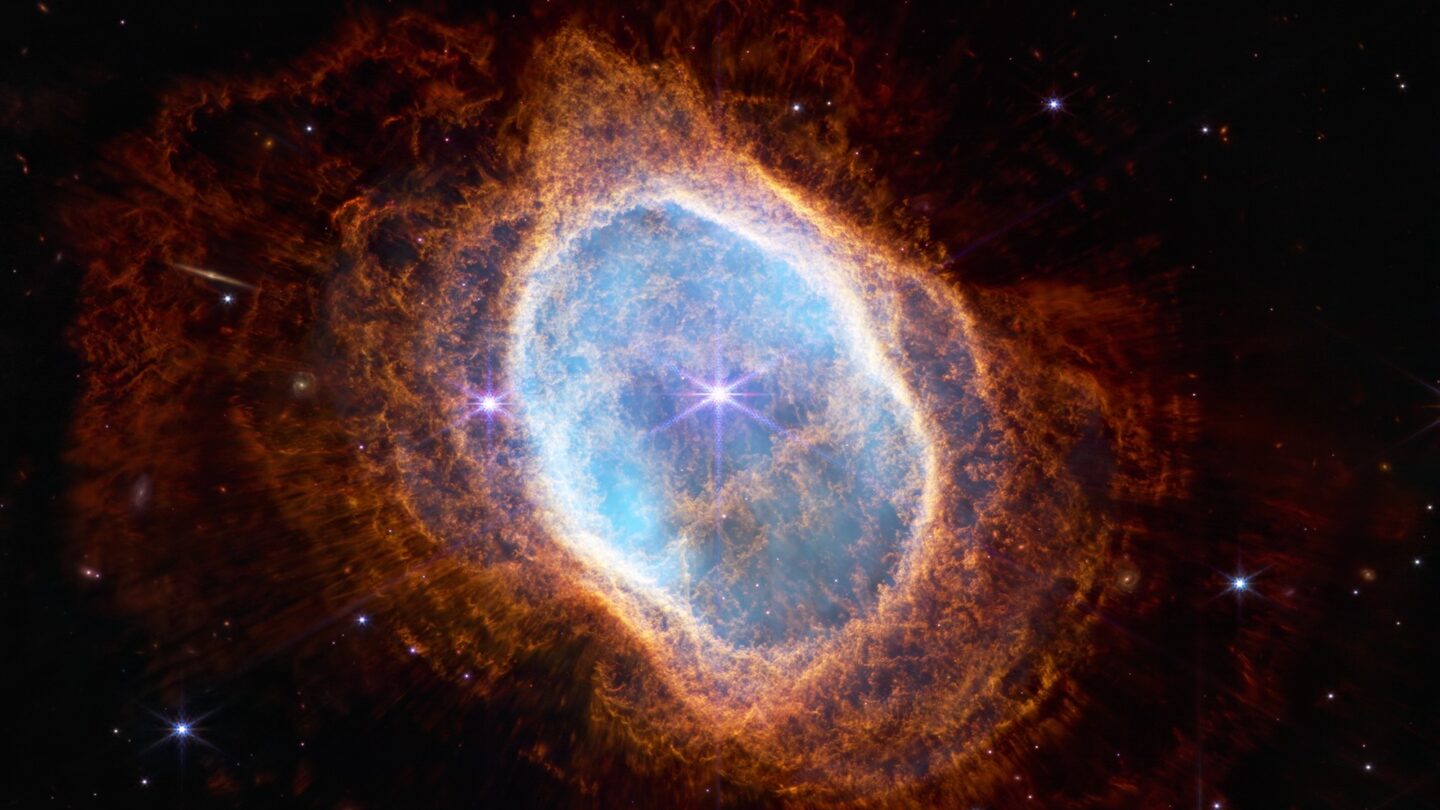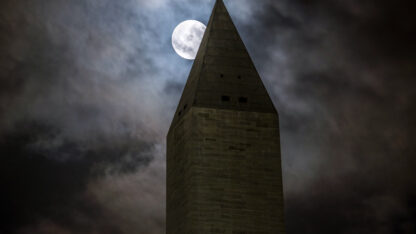NASA's James Webb telescope captures groundbreaking images of distant galaxies

The universe’s splendor and breadth are on display like never before, thanks to a new batch of images that NASA released from the James Webb Space Telescope on Tuesday.
The images reflect five areas of space that researchers agreed to target: the exoplanet WASP-96 b; the Southern Ring Nebula; the Carina Nebula; Stephan’s Quintet (five galaxies in the constellation Pegasus); and the galaxy cluster SMACS 0723.
“WASP-96 b is a giant planet outside our solar system, composed mainly of gas,” NASA said. “The planet, located nearly 1,150 light-years from Earth, orbits its star every 3.4 days. It has about half the mass of Jupiter, and its discovery was announced in 2014.”
The agency didn’t release a photo but rather a spectrum analysis of WASP-96 b’s atmosphere, garnered from Webb sighting the WASP-96 b as it transited in front of a star.
The analysis found the “chemical fingerprint” of water in the atmosphere, said Knicole Colon, a research astrophysicist at NASA’s Goddard Space Flight Center in Greenbelt, Md.
The trove of images comes one day after a jaw-dropping first image was published by NASA and the White House, more than six months after the telescope was launched from Earth.
That first image showed the galaxy cluster SMACS 0723, known as Webb’s First Deep Field.
“If you held a grain of sand on the tip of your finger at arm’s length, that is the part of the universe you are seeing — just one little speck of the universe,” NASA Administrator Bill Nelson said on Monday.
But that speck contains multitudes. And thanks to the telescope’s deep and sharp infrared images, Earthlings are getting a more detailed look at distant galaxies than was ever possible.
That first image comprises thousands of galaxies, with even faint and diffuse structures visible for the first time.
“This deep field, taken by Webb’s Near-Infrared Camera (NIRCam), is a composite made from images at different wavelengths, totaling 12.5 hours – achieving depths at infrared wavelengths beyond the Hubble Space Telescope’s deepest fields, which took weeks,” NASA said.
The stunning displays amount to a rich lesson in the history of the universe: some of the galaxies are more than 13 billion years old, meaning they formed relatively soon after the Big Bang.
For instance, the image of galaxy cluster SMACS 0723 amounts to a snapshot from 4.6 billion years ago.
Aside from gaping at stunning views like everyone else, researchers will use data from the Webb telescope “to learn more about the galaxies’ masses, ages, histories, and compositions,” according to NASA.
The Webb Space Telescope is the culmination of an international program led by NASA. Its partners include the European Space Agency, or ESA, and the Canadian Space Agency.
9(MDAxODM0MDY4MDEyMTY4NDA3MzI3YjkzMw004))








